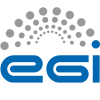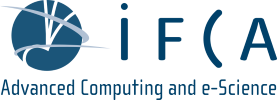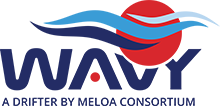About
Multi-purpose/Multi-sensor Extra Light Oceanography Apparatus
The MELOA project proposes to develop a low-cost, easy-to-handle, wave resilient, multi-purpose, multi-sensor, extra light surface drifter for use in all water environments, ranging from deep-sea to inland waters, including coastal areas, river plumes and surf zones. The device will be developed as an upgrade to the WAVY drifter conceived by the Faculty of Engineering of the University of Porto, which was used to measure the surface circulation forced by wave breaking, including detailed structure of rip and the littoral drift currents.
The philosophy of the WAVY drifter will essentially be respected:
- a small-size sphere with just enough room to accommodate power source, GNSS-receiver, communications modules, antennae, sensors and data processor;
- optimised buoyancy to prevent the drifter trajectory responding to the wind instead of the current, while providing just enough exposure of the antennae to ensure acquisition of the GNSS signal at the required rate and reliable near real-time communications.
Given the low influence of wind upon the drifters’ displacements, MELOA will provide a cheap and effective way to monitor surface currents and surface dynamic features anywhere in the World Ocean. Through equipping the drifters with thermistors at two different levels, the possibility is open for monitoring “near-skin temperature” and nearsurface vertical temperature gradients, which will be invaluable for calibration/validation of satellite derived SST fields.
The MELOA H2020 project
Running since 2017, MELOA (Multi-purpose/Multi-sensor Extra Light Oceanography Apparatus) is an H2020 project that is developing an innovative family of products, WAVY drifter units, allowing for a low-cost, easily deployable, high versatility, and low maintenance system for in-situ measurements for marine environments.
Focused on covering marine observation gaps, the WAVYs will increase the availability of in-situ data for coastal and open ocean zones. The MELOA project is developing the first prototypes for the different WAVY units configurations, and engaging with the marine community to test them in different marine environments, collecting and making available the data from the test campaigns and building, on top of this data, the first products and services to showcase the usefulness of the WAVY data.
Initially planned to end by 2021, the project received an extension until February 2022, as the MELOA team was forced to interrupt the activities involving the development and testing of the WAVY drifters and cancelled all community international events during 2020. With this extension, the team will have enough time to achieve the goals set for the development of the family of WAVY drifters.
More information is available on the Meloa Website
MELOA Data License

The MELOA datasets are available for download under a Creative Commons Attribution-ShareAlike 4.0 International License
Infrastructure
The MELOA Geoportal is hosted on the EGI and IBERGRID Federated cloud infrastructures.


Specifically, the following datacenters are used: The Advanced Computingand e-Science group at the Institute of Physics of Cantabria IFCA CSIC-UC

The Portuguese National Distributed Computing Infrastructure INCD funded by FCT and FEDER under the project 01/SAICT/2016 nº 02215

